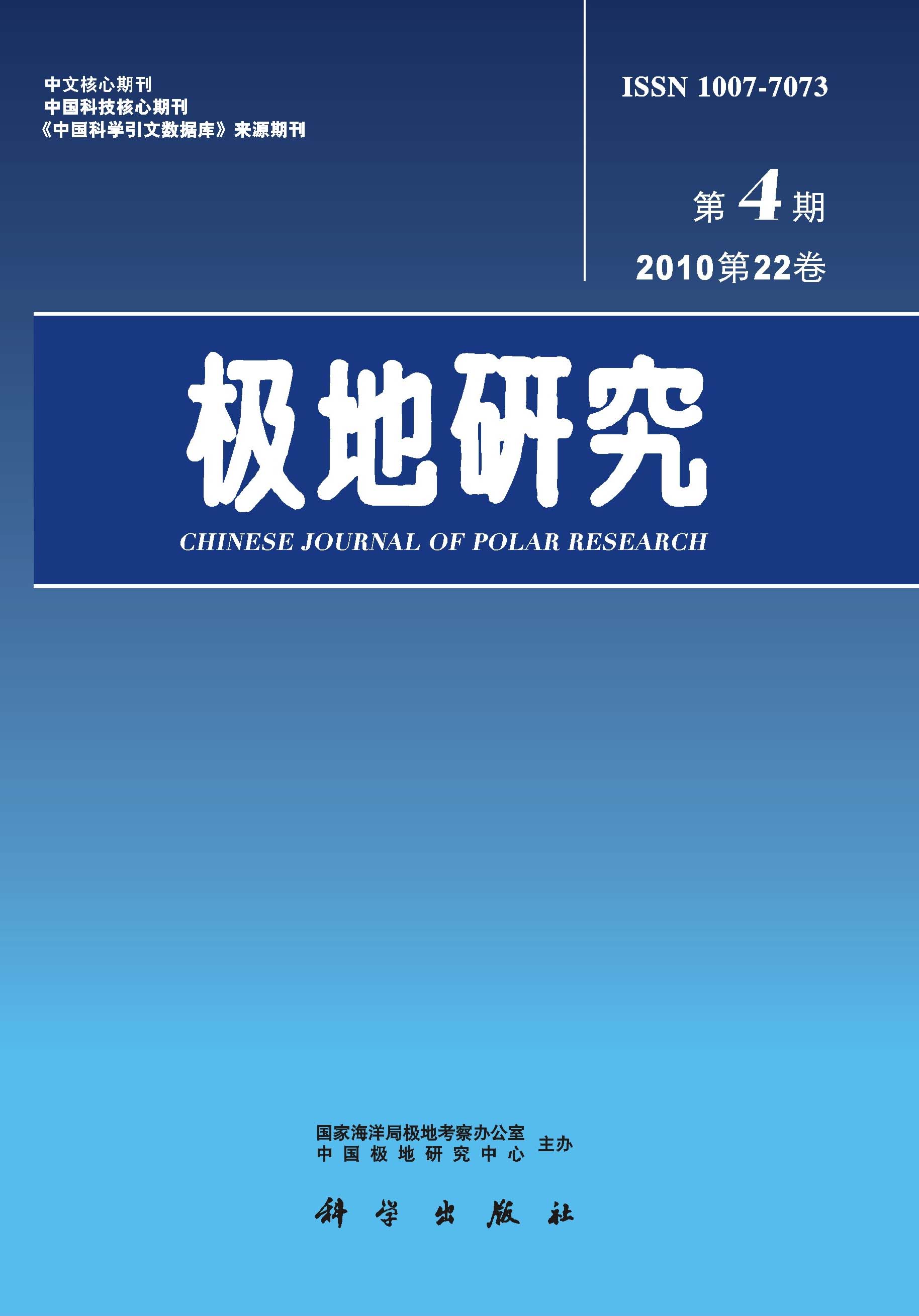The requirement to Antarctica data's access, publishing and sharing on Internet increases each day with the rapid development of scientific research and groundwork surveying and mapping on Antarctica. The existing GIS data of Antarctic topographic database is almost isolated information and data is acquired, stored and analyzed to meet the need of single project or program, which results in data redundancy and inefficiency of data collection and storage. The development of Geographic Information System (GIS) application is based on concreting in dependent and close platform; moreover, they are conflict in data semantic, so that they can't realize data sharing between them. The increasing requirement to Antarctica information advances the development of cause of Antarctica scientific research. At the same time, human beings have the demand to acquire more and more information on Internet, especially the spatial information of Antarctica. By utilizing the Antarctic Surveying and Mapping data concerning the recent two decades, An internet based GIS of Antarctica was set up under the GIS software GeoStar. This paper briefly presented the design methods and its preliminary function of China's Internet based GIS of Antarctica. Compared with the traditional GIS, Internet GIS has the following benefits:Firstly, Internet technology transfers GIS which has only been used by professional to public information system which can be used by everyone who knows about Internet in any way or any time. In other words, it makes GIS enter into everyone.Secondly, it can reduce expenditure in data promulgation and improve geographic data's share extent and avoid data's collection repeatedly by means of accessing data on Internet.Thirdly, it can construct geographic information service network via Internet based GIS technology by means of the facilities of information highway. This system includes many functions. Firstly, It will be available on all platforms and operation systems where the JAVA Virtual Machine is equipped with. Users can start up this system with any WWW browser, such as Netscape Communicator and Internet Explorer. After being started, it has no relationship with the WWW browser. Secondly, this system can be operated expediently. Without installation, users can start this system when they know the IP address of this system. Thirdly, users can analyze map features and descriptive attribute information for query, spatial analysis, thematic map production, distance analysis and tabular manipulation and etc. Fourthly, this system provides the printing function. All kinds of results including mapping and tabular manipulation can be printed on the Client side printer and it is independent of the Server and the detailed printer type of the Client side. Fifthly, this system runs simultaneously in multi-languages at the same time such as Chinese, English and Japanese. Sixthly, the system produces the multi-scale graphics to be visually manipulated and users can acquire multi data source on Internet and provides the multi-media and explicatory function. Lastly, Security. Users can get data information, but can not save data information in client side.On the basis of it, a prospect for it better serving the Antarctic expedition, research and logistics management in the future was presented.

